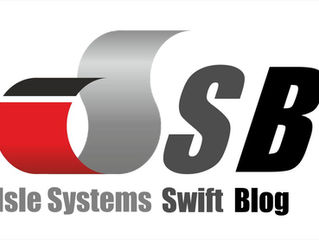

How to Remove the Impact of Manual Processes for Lone Worker Protection
In a previous post we covered 5 potential impacts of adopting manual processes to protecting your lone workers. These were: the human...


Isle Systems Swift Blog - Case Studies in Monitoring, Alerting and Communications
Here’s the short hand on 4 recent Isle Systems case studies. 4 different situations, 4 different industries. Protecting dispersed road...


The Problems with Manual Processes for Lone Working
Almost all companies have in place some kind of process to make sure they operate – and can demonstrate – a duty of care to their staff,...


Manual Approaches to Lone Worker Protection - Part 2
In a previous post we looked at a range of ways companies use manual processes to make sure they’re providing a duty of care to their...


Behind the Scenes of Lone Working - Part 1
In the first part of this two-blog-post series we look behind the front-line staff to the systems that are whirring away in the background.


The New Ways to Think About Lone Worker Protection
Apart from these two obvious areas, it turns out that there are other ways to think about lone worker protection. Here are four of them.


2018 Predictions - Trends in Lone Worker Monitoring, Alerting and Communications
In this post we take a look at emerging trends for lone worker protection and place six experienced bets on what the next 12 months...


One monitoring and alerting system for multiple sites with varied device and user requirements
The company had been considering a lone worker system with indoor positioning for a long time, a situation which became more pressing after


Consolidating several alarm and alert systems into one-affordably
How one company was able to unify its lone worker, alarm systems and machines, with 100% adoption and super-fast alerting


Protecting your People - some things to think about for your lone workers and other staff
In a previous post we talked about the concept of PIE when it comes to monitoring, alerting and communications for your lone workers,...











































